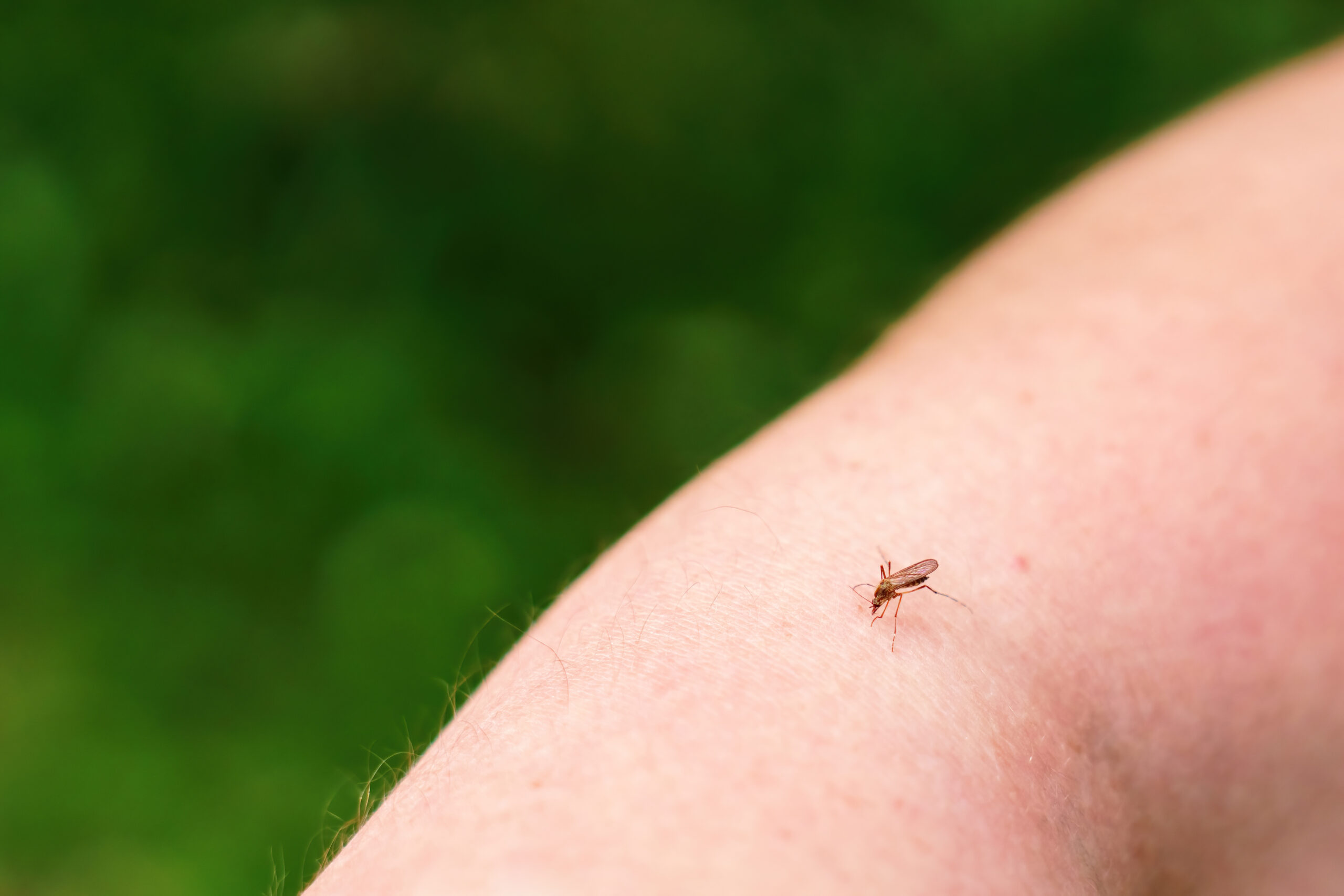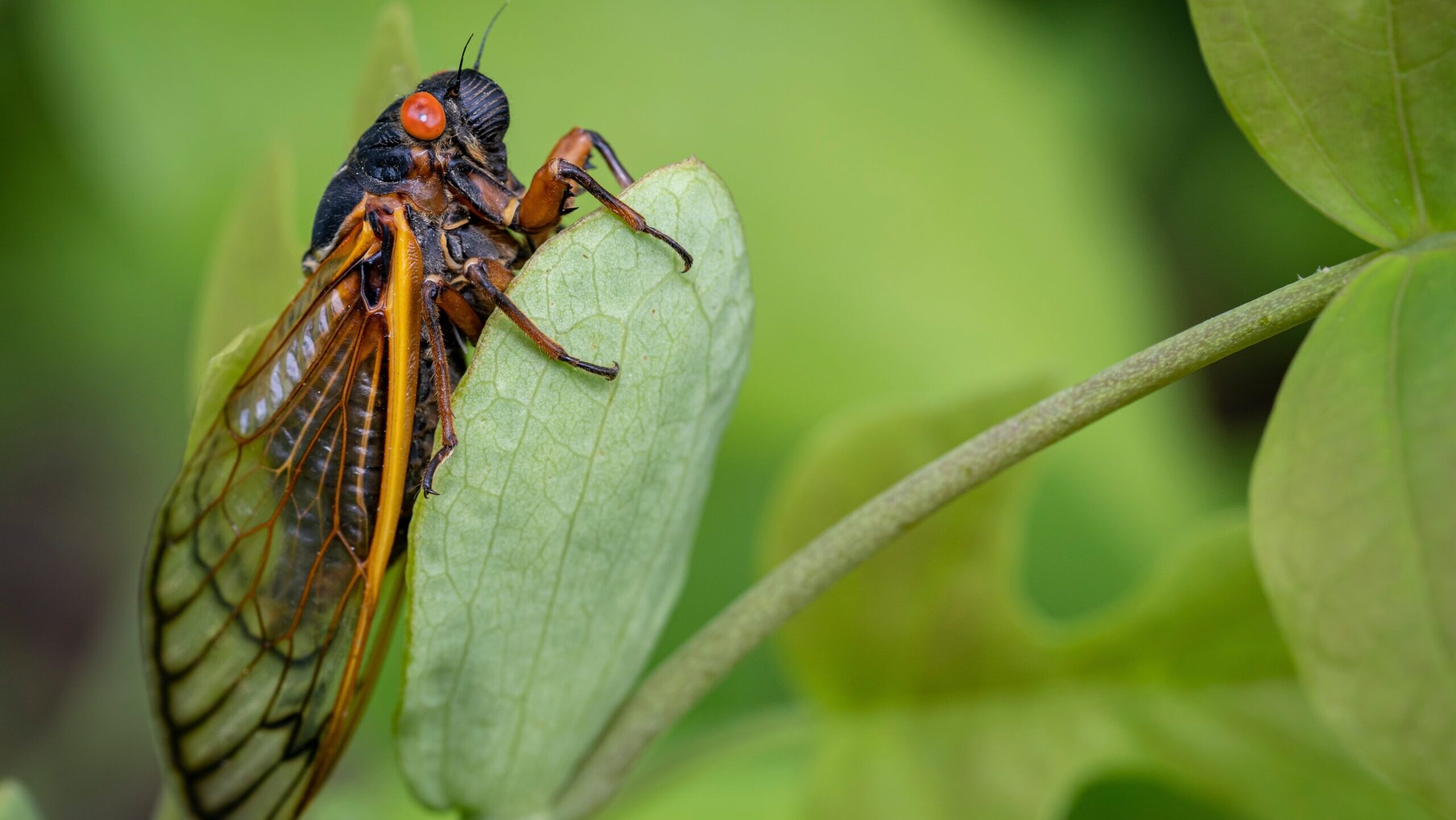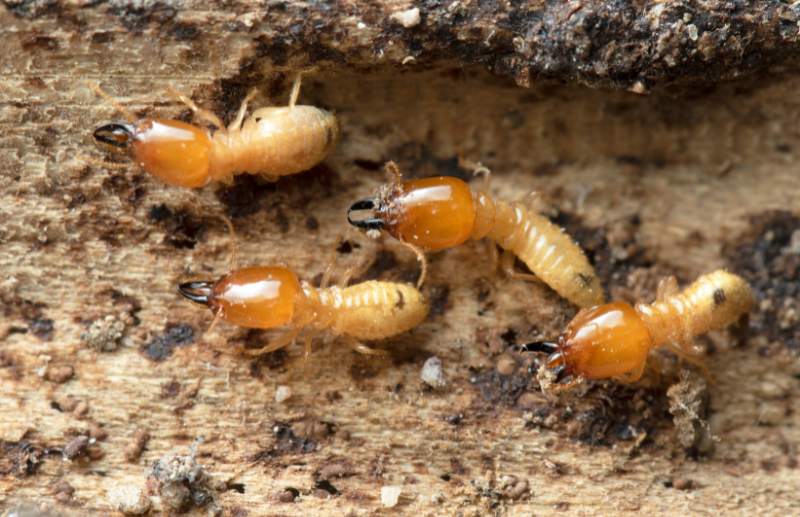When spotting a fast-moving or lurking spider in your home, you might wonder: Is it dangerous? Two of the most commonly confused spiders are the brown recluse and the wolf spider. While both can cause alarm, they have distinct differences in appearance, behavior, and medical significance. At Phoenix Pest, we’re here to clear up the confusion and help you identify which spider you’re dealing with and whether you need to take action.
Brown Recluse vs. Wolf Spider: Key Differences
Both the brown recluse (Loxosceles reclusa) and the wolf spider (Lycosidae family) are found in Arizona, but their danger levels and behaviors vary significantly.
|
Feature |
Brown Recluse |
Wolf Spider |
|
Size |
Small, ¼ to ½ inch |
Larger, ½ to 2 inches |
|
Color |
Light brown to dark brown |
Gray, brown, or black with distinct patterns |
|
Markings |
Violin-shaped marking on back |
Striped or mottled patterns |
|
Legs |
Uniform, no thick hairs |
Thick, hairy legs |
|
Eyes |
6 eyes in 3 pairs |
8 eyes in 3 rows |
|
Webs? |
Rarely spins webs, prefers hiding in undisturbed areas |
No webs, hunts prey on foot |
|
Bite Danger |
Venomous, can cause necrotic wounds |
Non-venomous to humans, bite is painful but not dangerous |
Brown Recluse Spider: Identification & Risks
What Does a Brown Recluse Look Like?
- Small body (¼ to ½ inch), with long, thin legs.
- Light to dark brown color.
- Violin-shaped marking on its back near the head (though not always visible).
- Six eyes (most spiders have eight) in three pairs.
Where Do Brown Recluse Spiders Hide?
- Dark, undisturbed areas like closets, basements, and attics.
- Inside shoes, clothing, and storage boxes.
- Behind furniture or under woodpiles.
Are Brown Recluse Bites Dangerous?
Yes, brown recluse bites can cause necrotic skin wounds, leading to tissue death in rare cases. However, not all bites result in serious reactions. Symptoms include:
- Mild to severe pain at the bite site.
- Redness and blistering.
- Ulcer formation in severe cases.
- Fever or chills if an allergic reaction occurs.
While brown recluse bites are uncommon, if you suspect a bite, seek medical attention immediately.
Related Article – Health Risks Associated with Common Household Pests
Wolf Spider: Identification & Risks
What Does a Wolf Spider Look Like?
- Larger than a brown recluse, with a body size of ½ to 2 inches.
- Gray, brown, or black coloration with mottled patterns.
- Thick, hairy legs.
- Eight large eyes, with two prominent middle eyes that give them an almost “glowing” appearance in the dark.
Where Do Wolf Spiders Live?
- Outdoors under rocks, logs, and leaves.
- Inside garages, sheds, and basements.
- Near doorways and window crevices.
Are Wolf Spider Bites Dangerous?
No, wolf spider bites are not venomous to humans. While their bite can be painful and cause mild swelling, it does not require medical attention unless an allergic reaction occurs.
Fun Fact: Wolf spiders carry their egg sacs on their backs and, once hatched, baby spiders ride on their mother’s body until they can hunt on their own!
Related Article – Wolf Spiders: Arizona’s Nocturnal Predators
How to Prevent Brown Recluse & Wolf Spiders in Your Home
To keep both of these spiders away from your home:
✅ Declutter storage areas – Avoid leaving clothes or cardboard boxes undisturbed.
✅ Seal cracks and gaps around windows, doors, and walls.
✅ Keep firewood and debris away from your home’s foundation.
✅ Reduce indoor humidity – Spiders thrive in damp, dark places.
✅ Eliminate their food source – Reduce other insect populations with regular pest control treatments.
Don’t let spiders take over your home—get professional pest control today!
📞 Call us at 623-294-8916
💻 Visit PhoenixPest.com




